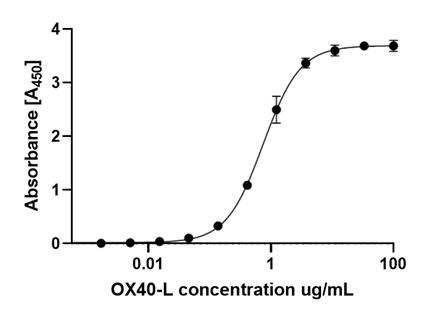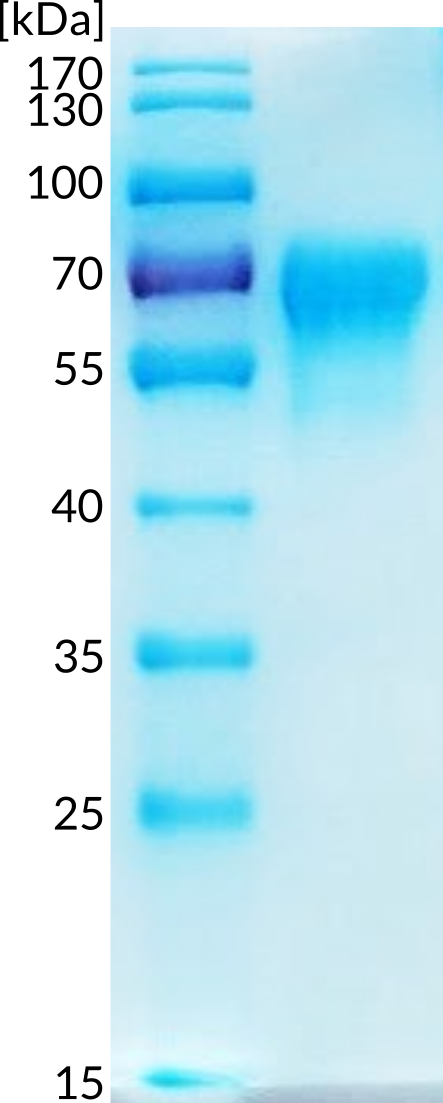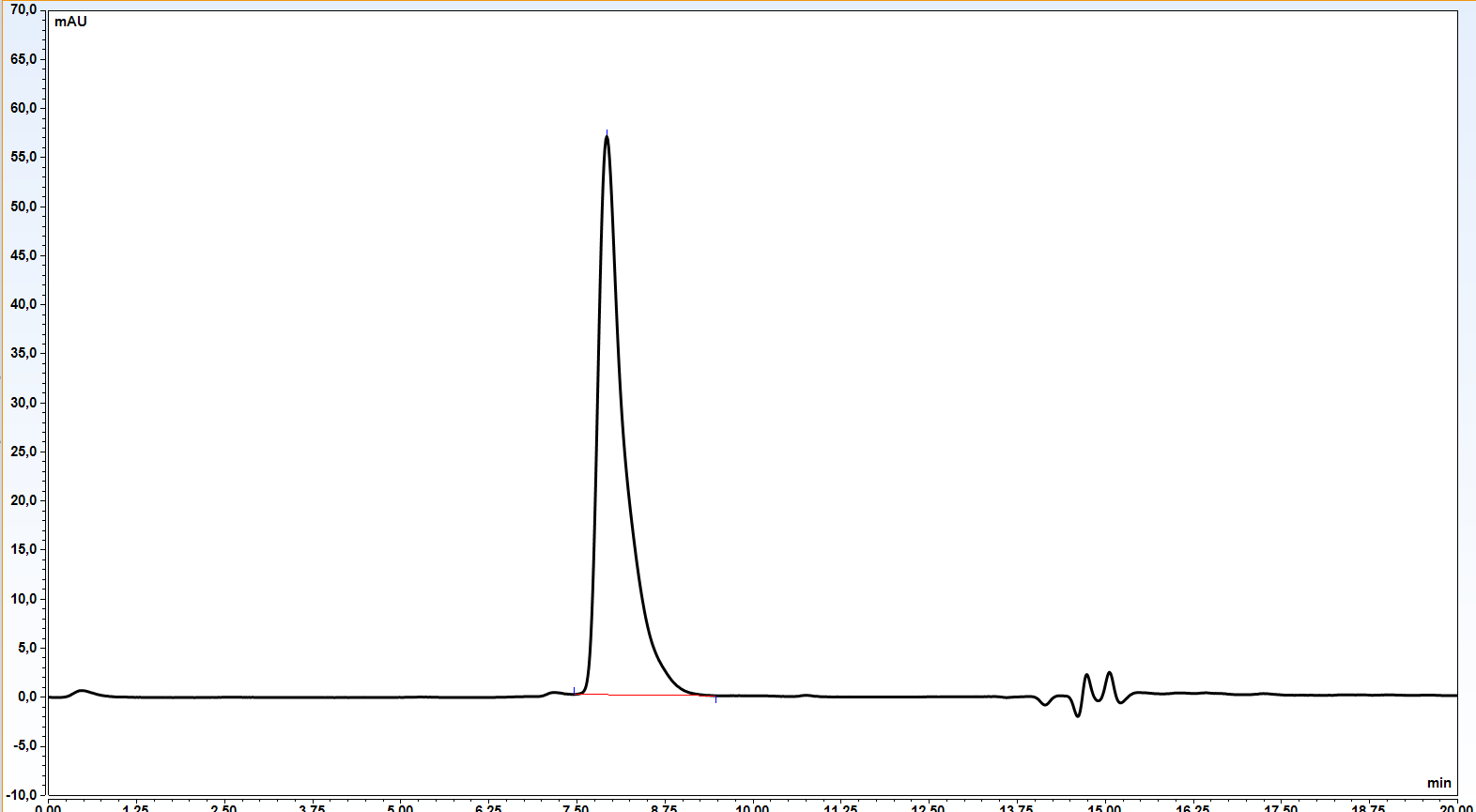| Alternative names | CD134, ACT35 antigen |
| Known ligands | OX40L |
| Origin | Homo sapiens |
| Accession number | P43489 |




OX40 is a member of the TNFR superfamily, and is found predominantly on activated CD4-positive T-cells (1). OX40 is structurally related type I transmembrane protein (2) with homology restricted to the cysteine-rich extracellular domain. OX40 was first identified on activated CD41 T cells in the rat and has since been detected on human and murine CD41 T cells and, to a lesser extent, CD81 T cells, with expression mainly in the organized lymphoid tissues (3). OX40 has been shown to be involved in controlling allograft tolerance, including islet allograft tolerance. In contrast, the positive modulation of OX40 expressed on both CD4+ and CD8+ T cells could lead to promising immunostimulatory candidates for tumour therapy or as antigen-specific adjuvants in T1D (4).
- Birkeland M.L. et al. Gene structure and chromosomal localization of the mouse homologue of rat OX40 protein. European Journal of Immunology. 1995, Apr, 25(4):926-930
- Al-Shamkhani A. et al. OX40 is differentially expressed on activated rat and mouse T cells and is the sole receptor for the OX40 ligand. European Journal of Immunology. 1996 Aug, 26(8):1695-1699
- Higgins L.M. et al. Regulation of T Cell activation In Vitro and In Vivo by Targeting the OX40-OX40 Ligand Interaction. The Journal of Immunology. 2021 Aug 2, 162:486-493
- Song Y. et al. Small-molecule modulators of the OX40-OX40 ligand co-stimulatory protein-protein interaction. British Journal of Pharmacology, 2014 Jun 16, 171(21): 4955-4969
